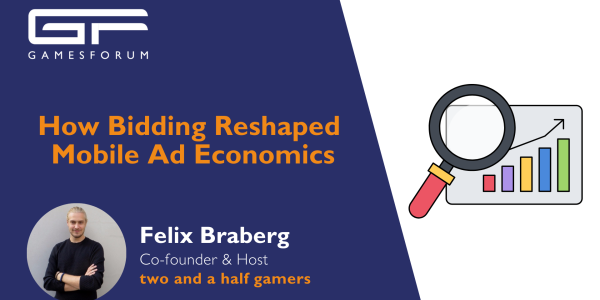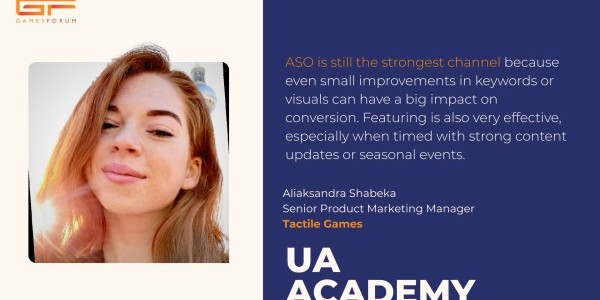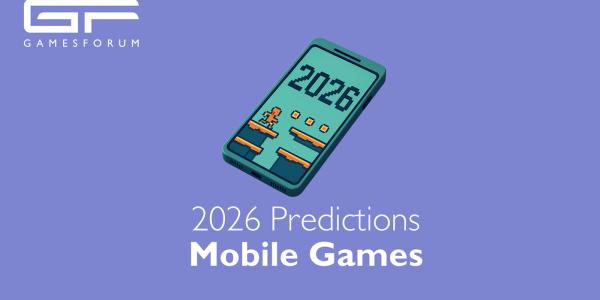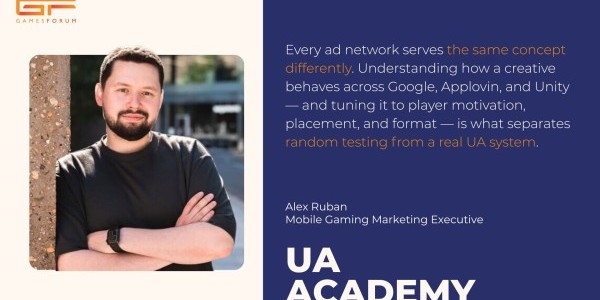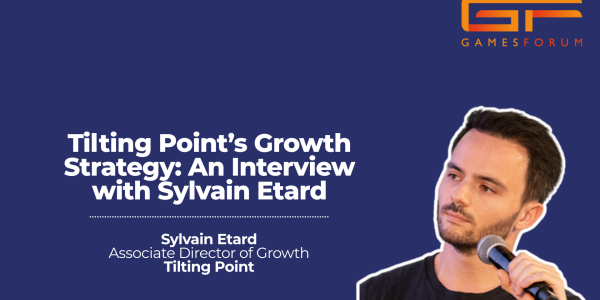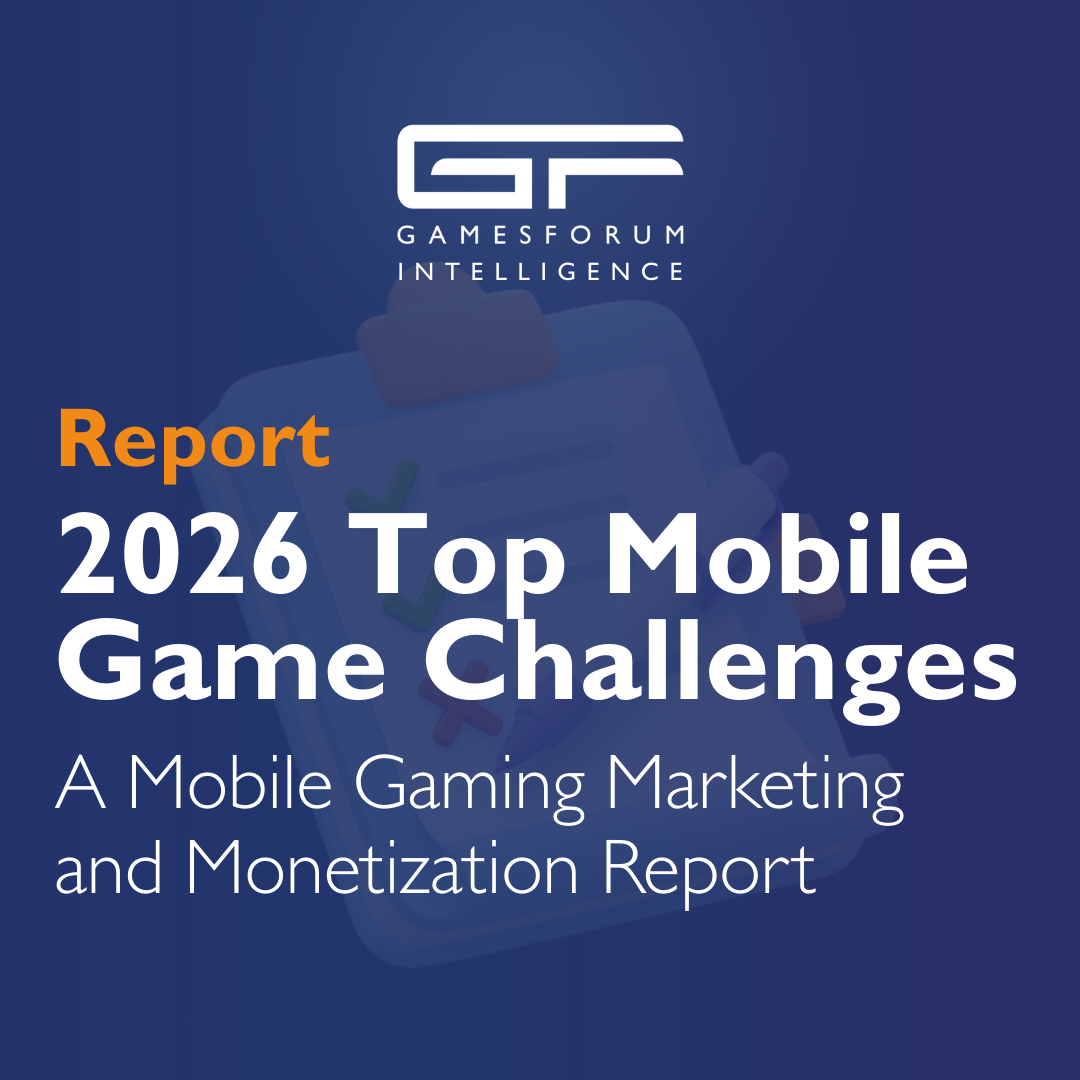Ad Monetization Masterclass: Antoine Jullemier on Mastering the Art of In-Game Monetization

Previously VP of Gaming at Bidstack, and Senior Gaming Partnerships Manager at Ogury, Antoine Jullemier has a deep understanding of the delicate balance between player experience and profit. In this masterclass, he shares his insights on navigating the shift towards hybrid monetization models, the importance of audience understanding, and the critical role of non-intrusive ad integration. From overcoming the challenges of ad-pressure to leveraging immersive ad formats and data-driven optimization, Jullemier's expertise offers his guidance for game developers and publishers seeking to maximize their in-game monetization potential.
Tell us a little bit about yourself and your journey within in-game advertising
My name is Antoine Jullemier, I am a passionate business development expert with 8 years of experience in mobile gaming and ad tech. Previously, I have been leading publisher partnership acquisition and growth globally for multinational companies such as Ogury and Bidstack, with a specialisation in non-intrusive and effective in-game advertising strategies. I have been lucky to collaborate with some of the leading gaming studios and platforms in our industry to drive innovative and impactful advertising solutions.
The gaming landscape is constantly evolving. What are some of the hottest trends you see in mobile in-game monetization right now?
There are a plethora of new trends within our market, but I would say that more and more publishers are looking at hybrid monetization models. The shifting global economy impacted financial landscapes across many sectors, and the mobile gaming industry was no exception, unfortunately. While we saw continued growth, in-app purchases (IAPs) lagged and app downloads decreased. So, to elevate and drive new revenue streams, studios have started to combine IAPs alongside in-game ads, which is an ideal combination, allowing them to be less dependent on just the small percentage of users who buy IAPs in mobile games. I think studios realised that some players actually want the best of both worlds and accept the need for advertising in exchange for free games and exciting content. To that extent, major studios are taking the leap. For example, Supercell, who traditionally avoided ads in their games, have started to introduce more only recently and will continue to do so, I believe. The benefits are significant: boosting player engagement, maximising LTV and ensuring a steady revenue stream, all of which contribute to higher financial stability for studios.
It’s clear that hybrid means diversity: some players accept watching rewarded videos in exchange for something, others prefer making purchases in-game, while some are willing to purchase a subscription, which is another monetization trend. Players can enroll for extra content within their favourite game for an agreed amount of time. A notable example includes battle passes, such as those featured in Call of Duty: Mobile, and VIP memberships, as seen in Scopely’s Wheel of Fortune.
Finally, the rise of hybrid casual games hasn’t been unnoticed and stands out as a refreshing change amidst the very wide mobile gaming options you can find out there. Hyper-casual games, yet popular, often suffered from low retention and a short shelf life. As the market saturates, some developers have started to look at new ways to engage players and ensure success for the long term. By “hybridising'' hyper-casual games, If I can use that term, they can now increase retention of quality users. The successful intuitive gameplay mechanics we all know are now combined with features like progression systems, collectibles, and IAPs, which can boost player engagement and retention.
With so many options available, how can mobile gaming publishers choose the right in-game monetization strategies for their specific audience?
Defining the right in-game monetization strategies for your audience involves a combination of many factors. Publishers first need to understand their player’s profile and behaviour: who they are, how they interact with the game, what their spending habits are. These are just a few questions to ask. The genre of the game is also important, different genres have different monetization particularities, and the monetisation should always complement the game mechanics with user experience in mind. On that note it’s good to look at successful games within similar genres and analyse their monetization strategies. Once set, combining multiple methods to catch paying and non-paying users and implementing A/B testing is essential. Most importantly: publishers have to be flexible in their strategy, to constantly monitor and adapt and see what’s best for them.
What are some of the biggest challenges publishers face when it comes to implementing in-game advertising for mobile, and how can they be overcome?
In my opinion the biggest challenge for publishers remains to find the right balance between user experience and ad integration. I like to call it a holistic monetisation design approach: in-game ads should be in harmony with the game design process itself, not against it.
Too many times when I play a game on my phone, I'm bombarded with intrusive or poorly implemented ads that make it a negative experience. Quite often I just quit the game as a result. In similar situations, players often leave negative reviews.
To overcome this, I always recommend to ensure ads are placed in a well-timed manner and placed in non-intrusive moments, while respecting the aesthetic of the game. Ads between levels, during natural breaks in gameplay, or even blended into the environment are always smart ideas. I’ve been enjoying playing Tennis Clash recently; the studio has a thoughtful approach where rewarded videos are mixed up with immersive billboards in the court and during cut-scenes, offering a very friendly advertising experience to players. That’s an ace for me.
Over the last few years I’ve worked with many studios who effectively reduced ad-pressure by simply removing sticky banners at the bottom of their screen or reducing the frequency of interstitials and instead implementing a few immersive in-game banners directly into the environment. This compensated for any loss of revenues while making it a better experience for players.
You also want ads that are relevant to the player’s interests so publishers have to think about leveraging any data at their disposal to target ads more effectively, while ensuring an explicit consent is obtained from users for data collection to meet data privacy regulations (GDPR, CCPA), which, let’s be honest, can be a tough thing to apprehend at first.
Finally, ad quality matters, and I can only recommend to partner with good reputation ad networks that provide high-quality demand. Implementing branding ads in your mix is a good idea to complement the more performance based campaigns you'll find there. Your game will look more premium and you will control your churn more handily.
Publishers have to remember: the main goal is to enhance the user experience and drive sustainable revenue.
Your experience includes leading a team for a prominent in-game advertising platform. Can you share some specific success stories or case studies that showcase the effectiveness of these strategies?
I take great pride in the collaborative work I've been involved in with talented game studios over the past few years, which has frequently resulted in success stories.
Looking specifically at immersive in-game advertising, many studios have successfully integrated these into their games, leading to a notable increase in ARPDAU by 10-15% and seen an increase of 10%+ in revenue overall. I’ve also seen SOW as high as 30%, which is pretty impressive when you think about rewarded video and interstitial’s earning potential. A 20-30% increase in SOW for branded ads is also pretty common when you start adding brands in the mix, through these innovative placements that are more and more coveted by brands. They are hot on the space’s potential to drive interactive marketing opportunities, amidst the recent activations across major IPs like Roblox or Fortnite who are deeply embracing intrinsic advertising and leading the way.
Looking ahead, what are some of the potential future directions for in-game monetization for mobile? How can publishers prepare for these changes?
Looking ahead there's still lots of room for innovation in the gaming industry, as we’re trying to find the silver bullet to get brand advertisers all-in with ads in game. There are still many untapped opportunities for brands and we need to keep pushing innovative and scalable formats to offer in-game ads, custom sponsorships, and engaging new brand integrations.
As publishers increasingly implement more engaging formats such as playable ads, immersive in-game video banners, and audio ads, they are moving beyond static ads to enhance user experience and maximise ad effectiveness. This trend is expected to burgeon more and more in my opinion, delivering significant improvements in both user engagement and on the advertising impact.
By listening to player feedback, staying updated on industry trends, and experimenting with new ad-formats, publishers can easily stay ahead of the game.
The mobile gaming community can be quite protective of their experience. How can in-game advertising be implemented in a way that respects players and doesn't disrupt their enjoyment?
This is possible by bringing new means of advertising to players via non-intrusive ad formats. Brands can now be part of the game and deliver their message on 3D billboards, posters, walls, flags, logos, clothes, vehicles, audio and any other promotional space. Not only does this add a layer of realism to the game, but this also improves the immersion for players and increases retention. Imagine playing a football game with branded LED banners around the pitch. It replicates a real-world experience, doesn't interrupt gameplay, and it looks amazing!
Lately, immersive in-game advertising tech companies like Gadsme stood out from the crowd with something unique, being at the forefront of innovation by offering clickable native in-game non-intrusive display, video and audio, all in one single SDK for publishers. It’s never been so easy to monetise games using these innovative formats, at scale.
Publishers from every genre can now monetise in-game environments with premium brands, cross platforms, add realism and drive incremental revenue beyond just banners and interstitials.
This is just the beginning and I believe that promoting collaboration within the gaming and advertising communities will pave the way for ads that not only achieve brand objectives but also enhance the gaming experience for all. Watch this space!
What advice would you give to someone who's new to the gaming industry and wants to learn more about in-game monetization?
Well, I think anyone willing to learn more about in-game monetization should stay informed with industry trends reading dedicated blogs or websites, like Gamesforum, GameDev.net, or PocketGamer as well as industry reports (Newzoo, Sensor Tower).
Joining industry events is also key, no better way than meeting publishers face to face and discussing the realm of gaming. Events like Gamesforum are very specialised into in-game monetisation, offering great content from top voices in the industry. Earlier this year GDC unveiled amazing content and industry news too, and looking ahead Gamescom is set to be a top notch event once again.
Beyond the technical aspects, what are some of the key skills someone needs to be successful in the field of in-game monetization for mobile?
Soft skills and personal attributes are important too, the most successful experts in the field also have deep analytic knowledge and excel in thinking outside the box. Creativity matters. A learning mindset is primordial too, there is always something new happening or a new regulation to navigate, thus the importance of staying informed and networking to stay ahead. Lastly, passion for gaming is a driving force that fosters interest and dedication. After all, we are in the entertainment industry, what’s not to enjoy?
Secure your spot at Gamesforum London to dive deeper into in-game advertising and all things Ad Mon!


